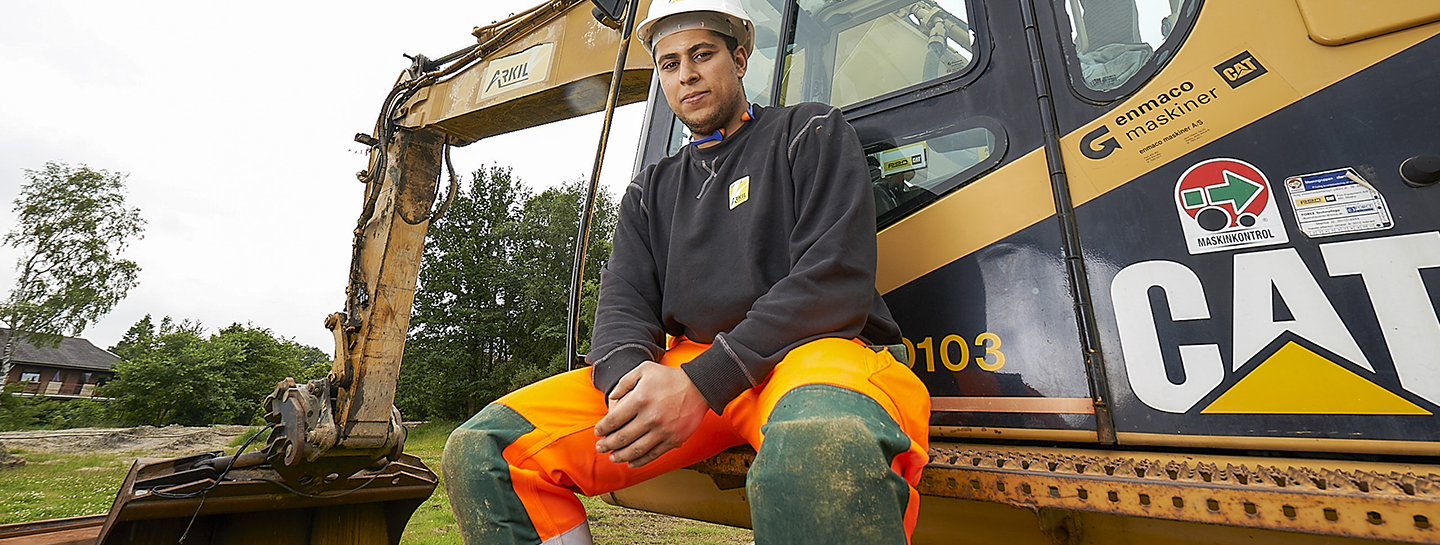Civil Construction Worker
Profile of skills and competences
A civil construction worker who has finished an apprenticeship and is thus the holder of a journeyman’s certificate is able to:
- Build sewers as well as large and small drainage systems
- Lay concrete block paving
- Do smaller concrete tasks, including formwork and reinforcement
- Map out the layout of the building site and position as well as construct the various temporary installations such as water and breaker panels, waste management, etc.
- Use relevant IT equipment
- Plan and execute tasks normally required in this trade in the expected quality and pursuant to laws, regulations and traditions.
- Participate in the planning and execution of special tasks in the trade, including innovative and problem-solving cooperation
- Seek information, select and advise on materials, construction and fitting methods, as well as quality assurance and quality control.
- Plan, organise and execute tasks in cooperation with the other trade groups at the workplace and apply laws and regulations regarding construction, including fire protection, healath and safety at work, competitive bidding and bid submission as well as plan and execute tasks with respect of the immediate, surrounding and global environment
Range of occupations accessible to the holder of the certificate
A civil construction worker performs practical tasks for building and construction work. Typical tasks are, e.g.
road bed construction, including adjustment and compaction of foundations, surfacing work, drainage, laying of sewers and placing of wells as well as renovation, repair and maintenance work.
A qualified civil construction worker will typically work in private or public contractor companies, but will also have the prerequisites to start his or her own company.
Level of certificate
The training programme is a vocational education programme which is placed in:
The Danish qualification framework for life-long learning at level: 4
European Qualification Framework (EQF) at level: 4
Info
The education takes from 4 years to 4 years and 6 months.
The Danish vocational educations are alternating programmes. This means the apprenticer is alternately taught for a period at a school and a period in an approved construction enterprise.
AP Graduate in Construction Technology, Bachelor of Architectural Technology and Construction, Constructor. A person who completes the apprenticeship as EUX-apprentice is eligible to seek admission to an engineering or architectural education. The person is also entitled to secondary supplementary courses necessary to gain access to other, specific higher educations.

